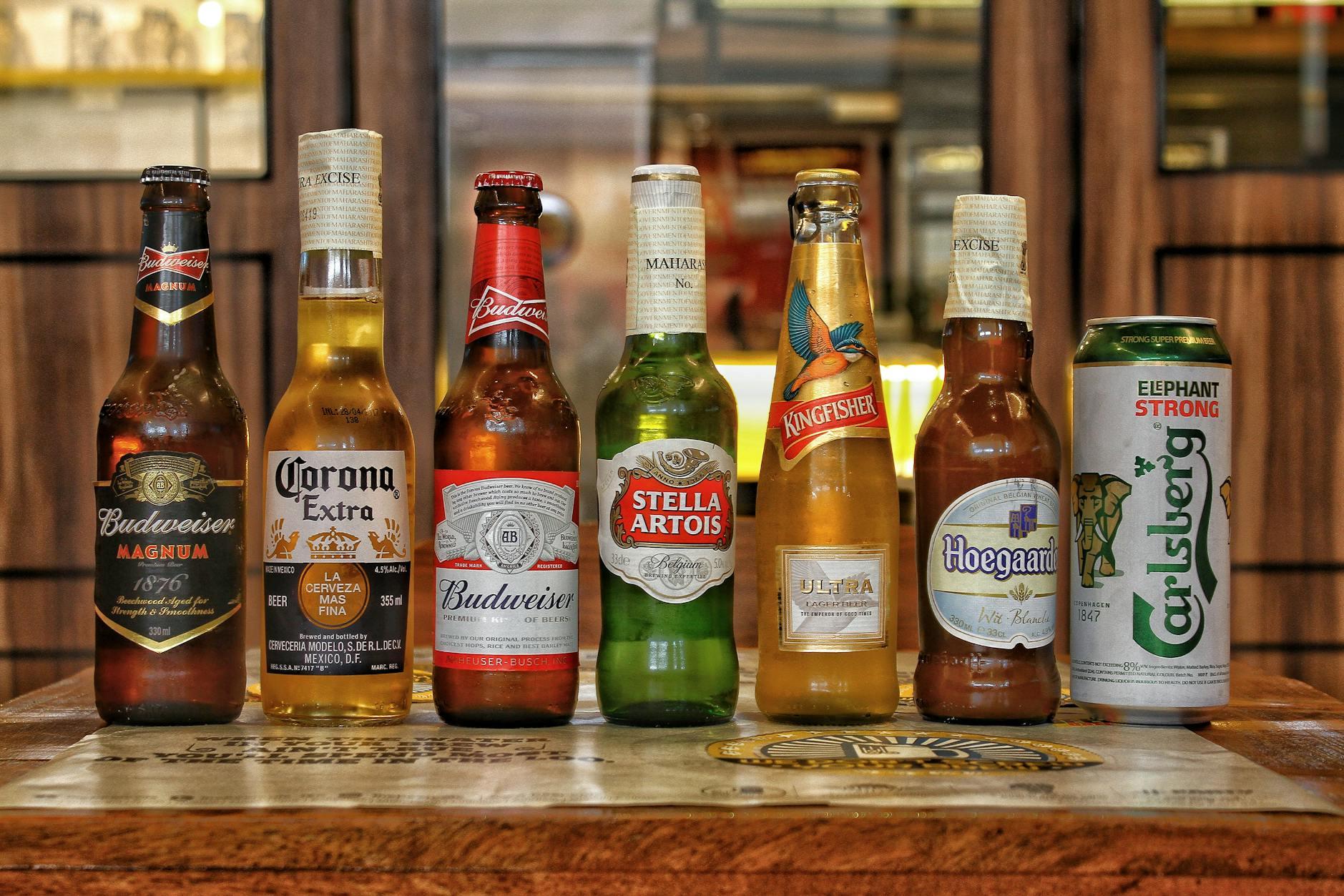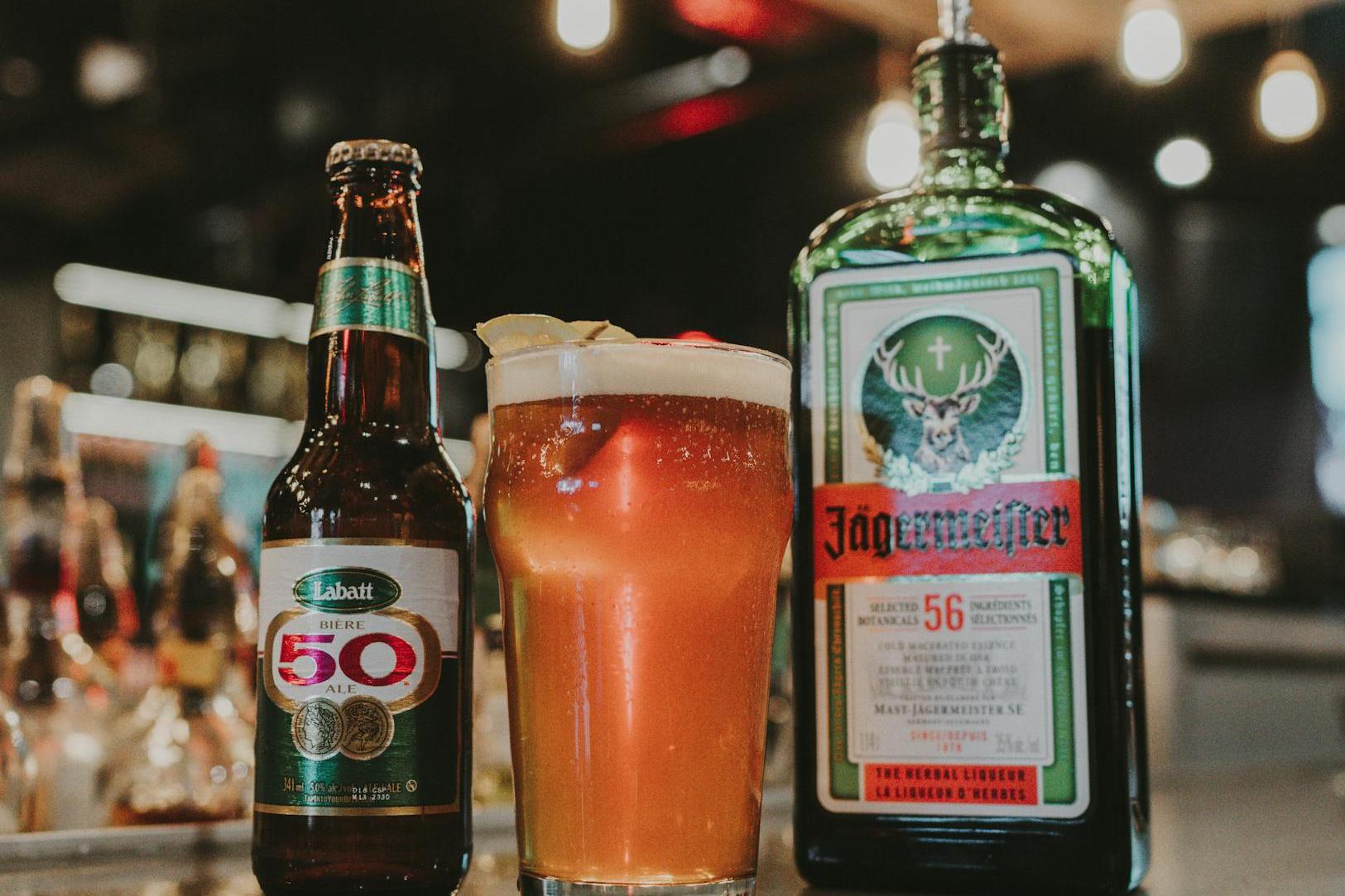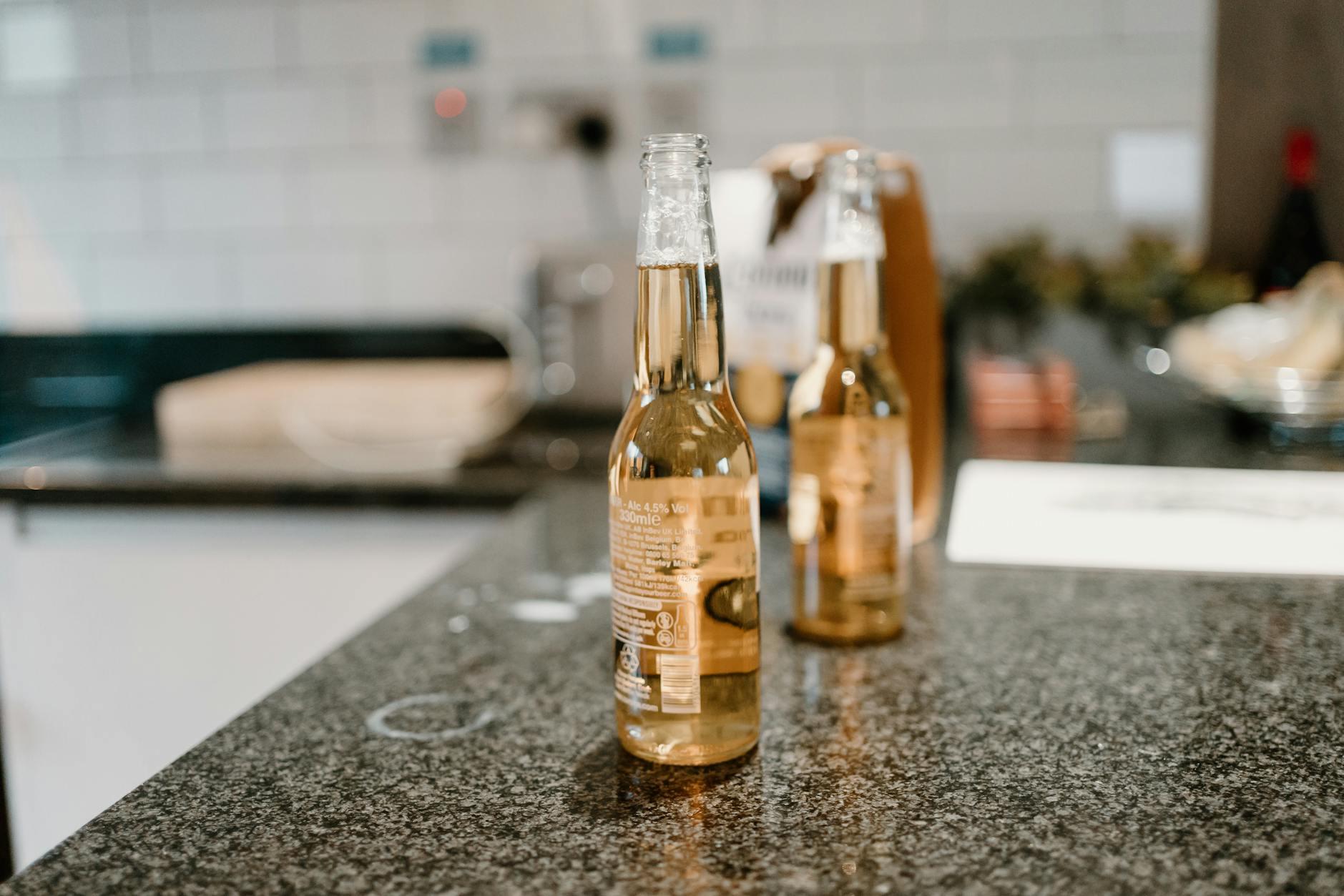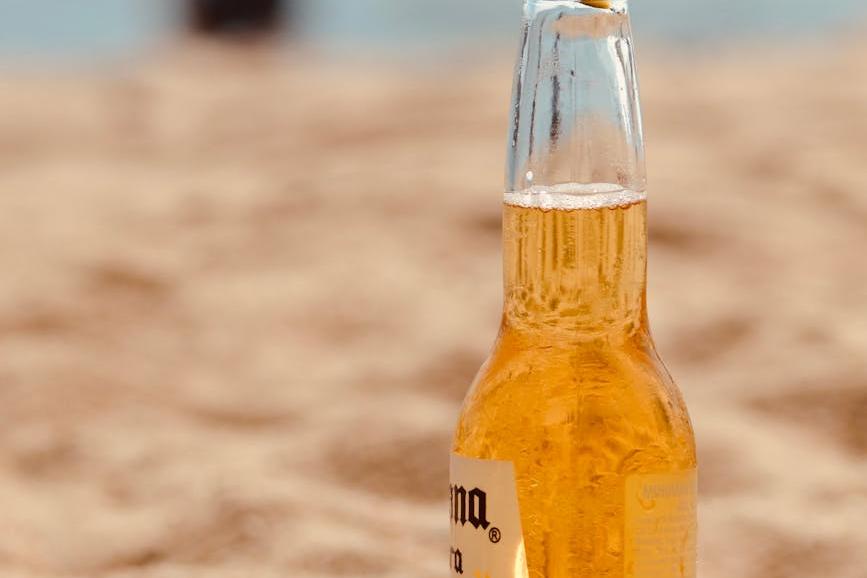- Shanghai Zhongshen International Trade Co., Ltd. - Two decades of trade agency expertise.
- Service Hotline: 139 1787 2118

When sake meets oolong tea: The chemical reaction of importing Japanese beer
At izakayas in Tokyos Ginza, I often see Chinese tourists puzzled by the drink menu: Kirin draft beer 980 yen, Asahi Super Dry 1100 yen, Suntory Premium 1300 yen... What kind of fantastic voyage do these tempting Japanese beers need to undergo to become products on domestic shelves? Today, using my three tuition incidents, Ill help you understand the underlying logic of importing Japanese beer.
I. Qualification Preparation: The birth certificate more important than beer selection
- Alcohol business license: Last year, a client had an $800,000 container detained in the bonded zone for 45 days due to temporary borrowing of qualifications
- Japanese alcohol export filing: Note: Japans Liquor Tax Law requires exporters to hold brewing licenses - last year 3 traders had goods detained by Japanese customs for this reason
- Chinese back label pre-review: A網(wǎng)紅 beer was entirely returned due to a 0.1% alcohol content labeling error, resulting in losses exceeding one million yuan
II. Customs Clearance in Practice: Details Not Disclosed on Customs Declarations
| Key Items | Frequently Asked Questions | Solutions |
|---|---|---|
| HS Code | Confusing malt concentration with alcohol content | Apply for advance classification rulings beforehand |
| It is recommended to verify through the following methods: | Controversy over Japanese regional labeling | Require specification of particular prefectures |
| : Latex pillows will oxidize faster when the temperature exceeds 40℃. It is recommended to choose a constant - temperature container (with an additional cost of about USD200/container). | Temperature differentials exceeding 8°C in summer containers | Adopt dual-temperature zone control for transportation |
III. Market Dynamics: The Perilous Leap from Customs Declaration to Retail Shelves
- Positioning pitfalls: A Kansai-style beer underperformed in East China markets due to packaging colors conflicting with local funeral customs
- Channel Selection: Craft beers sold via e-commerce had 35% return rates, but achieved 40% gross margin increase after shifting to izakaya specialty supply
- Shelf-life management: Reserve 20% time buffer for fresh beer products to accommodate logistics delays
IV. Special Reminder: Easily Overlooked Hidden Costs,
Last year while auditing for a client, we discovered:Actual cost per beer case = Declared value × 1.48 (including 17% tariff, 13% VAT, 3% logistics loss) + 2 yuan/day warehousing turnover fee. One shipments profitability plunged from 23% to 8% due to 15-day port congestion.
V. FAQ Quick Answers
- Q: How to handle near-expiry beer?
A: Recommend establishing distribution channels with imported food discount stores 3 months in advance - Q: How to handle sample imports?
A: Utilize cross-border C2C channels, keeping single batches under 12 bottles - Q: Can special flavors be imported?
A: Fruit-flavored beers like yuzu require additional food additive filings
I recall in 2018 when representing a Hokkaido limited-edition beer, lack of understanding about Japanese seismic zones logistics impact caused us to miss peak sales. Now my team has established36 risk monitoring pointsearly-warning system. The imported beer business is like operating a draft beer system—the more thorough the preparation, the richer the eventual profit flow.
Related Recommendations
Contact Form
? 2025. All Rights Reserved. Shanghai ICP No. 2023007705-2  PSB Record: Shanghai No.31011502009912
PSB Record: Shanghai No.31011502009912










